#nadi
Text
DO YOU KNOW THIS CHARACTER?

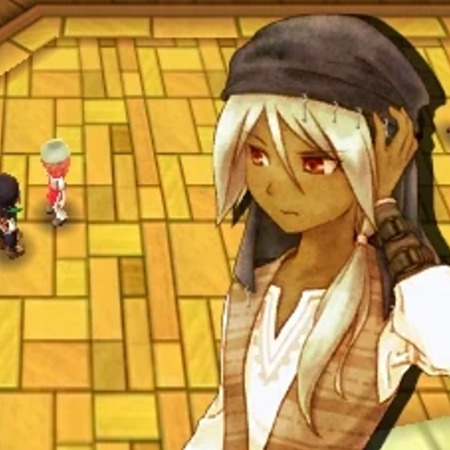
#dyktc polls#polls#nadi#story of seasons#bokujō monogatari#category: video games#you may also recognize the game as harvest moon
57 notes
·
View notes
Text


Nadi 🤝 One-star reviews of national parks
31 notes
·
View notes
Text
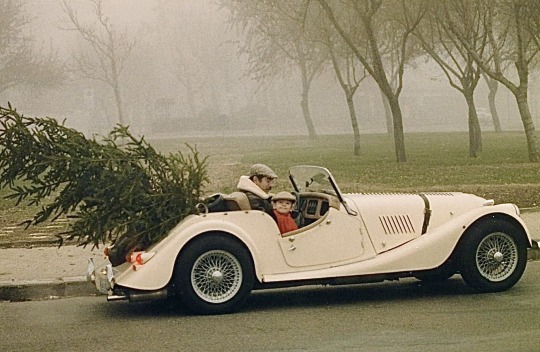
Nadi: I still have pretty cool friends ❤️
33 notes
·
View notes
Note
Your comics make my heart warm 💖💖 would you consider drawing Nadi?
tysm!! ;w; im glad someone likes my silly self indulgent comics bahaha
here's your nadi!! <3 i got his character development out of no where in my file (bc my friendship w/ townspeople automatically increased thru festivals) so i wish i had gotten to know his character more...!!
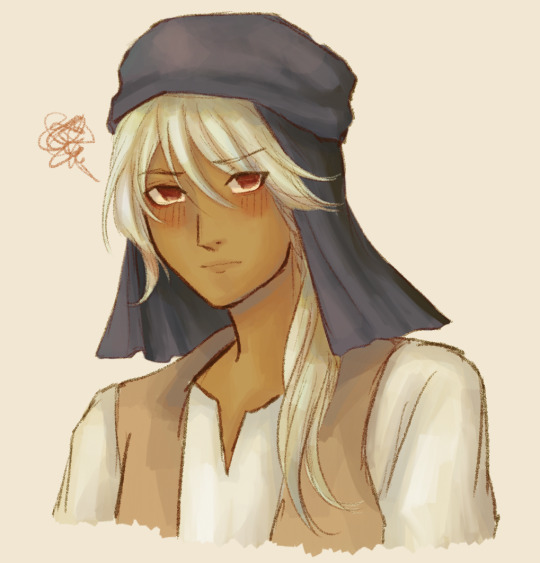
#story of seasons#sos1#nadi#he's so. handsome. i spent more time on this than on any raeger drawing im sorry raeger (not rly)#i havent drawn any of the SoS1 guys other than raeger and fritz#so i gotta include the rest in a comic somewhere....!!!
105 notes
·
View notes
Text

Nadi from Story of Seasons in classical lolita <3 He looks cute in a dress ^^
#ripple's art#story of seasons 2014#harvest moon#bokumono#nadi#lolita fashion#classical lolita#sketch
21 notes
·
View notes
Text

Nadi from Story of Seasons 2014 needs a kiss! 💋
Requested by @hardrockhurricane
11 notes
·
View notes
Text





Oc scribgles
9 notes
·
View notes
Text
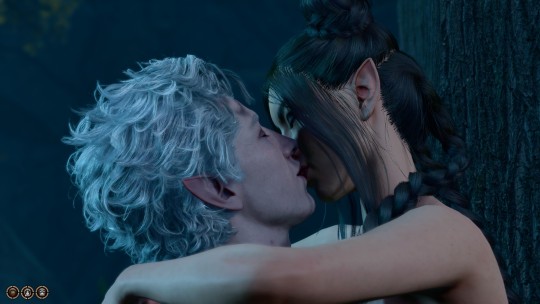


"Let's go to our own nowhere, to get away from all this maddness and indulge in each other..."
#nadi#bg3#astarion#baldur's gate 3#dnd#dungeons and dragons#astarion x tav#astarion x mc#my screenshots#astadjia
10 notes
·
View notes
Text
Nadi is so cute... so adorable... my heart can't take it
#mago's log#story of seasons 2014#nadi#his reverse proposal? absolutely precious.#i'm planning 2 get married to him and i want him to propose to me huhuhu
4 notes
·
View notes
Text
Ojas, Tejas and Prana: Diagnosis with Nadi
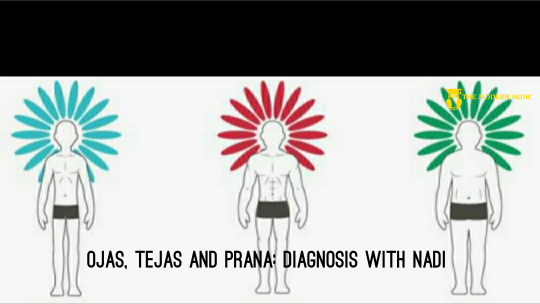
The body, mind and spirit exist together in daily life as a single unit just as all things in the universe exist together, in harmony. There are primal, magical, and subtle forces of energy within our bodies that are fluid and dynamic, called Ojas, Tejas and Prana. In reality we are consciousness, pure awareness, and our body is an expression of that consciousness. One way of achieving that pure awareness is to pay attention both to the outer object and the inner movement of sensation simultaneously in which the tan matras are revealed. There are five elements—Ether, Air, Fire, Water, Earth—and they each have respective tanmatras.
Sound is the subtle tan matra of Space
Touch is the tan matra of Air
Vision or sight is Fire
Taste is Water, and
Smell, the olfactory sense, is the subtle tanmatra of Earth.

So, these five elements are merged into five subtle tanmatras. An object stimulates the inner senses, through which the mind touches the outer object via the inner tanmatra. Through this bridge, we experience perception.
The Subtle Refined Essences of the Tissues
Our mind consists of five tanmatric substances. The external sound stimulates the inner tanmatra of the mind which enables the inner tanmatra to perceive the outer sound. There is also touch in our mind. We are constantly touching the outer environment through the sensation of touch - the air and objects. This outer touch through the skin stimulates the inner touch of the mental faculties. The examination of pulse is to be in contact with sparsha tan matra, which is nothing but the tactile sense of touch. In a way, tan matra is a vehicle. Our consciousness goes out with the tanmatra and touches the outer object of perception. So, the five tan matras of sound, sight, smell, touch and taste are used by Ayurvedic physicians, or vaidyas, in order to diagnose many problems. These five tan matras are our doors of perception, our innermost instruments of experience.
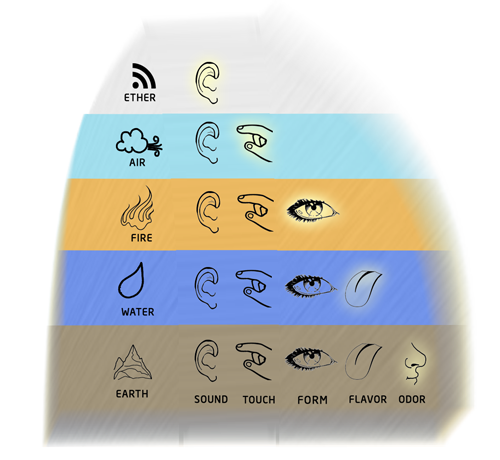
When we feel the radial artery, the pulsation corresponds to the heart-beat which is the center of the five tanmatras. The word “heart,” is not just the physical heart but also the center of the innermost being from which we perceive. In the cranial cavity there is the brain—the meninges, dura mater, arachnoid, pia mater, the grey matter and the white matter. Inside the core of this white matter there is space and there are small spaces between neurons called synaptic spaces. This synaptic space in between the neurons is functionally connected to the space within the brain called chidakash. Within that space is a pulsation of prana and a flow of ojas and tejas. Prana carries a sensation through the vagus nerve and the phrenic nerve into the cardiac plexus. In Sanskrit this pulsation is called prana spanda. Spanda, which is the pranic current from the hypothalamus to the heart, moves at intervals of .08 seconds and stimulates the pacemaker sinoatrial node, the SA node, which is present in the right atrium. From there the pranic stimulation is carried down to the AV node, the atrioventricular node. Thus, prana regulates the movements of the heart.

The heart is a type of battery. In its rhythmic movement the heart generates electricity that is carried through the blood vessels and even to the skin. This movement of cardiac activity can be traced with a sensitive galvanometer. So, pulse not only represents the heart pumping, but also represents the flow of prana and the flow of vyana. All the subtypes of doshas are moving in the subtle form of tanmatras. Let us focus on the fourth level of the pulse, which is the level of ojas, tejas and prana.

Ojas is the pure essence of all dhatus (tissues) and is produced during the process of nutrition. It can be compared to the modern concept of albumin. Ojas includes albumin but albumin alone is not ojas. Ojas also includes protein and globulin, which are necessary to maintain immunity. But to say that globulin is ojas doesn’t convey the-entire meaning. Ojas is an actual substance. Ayurveda has described ojas as two types. Inferior ojas is half anjali, which moves throughout the body, and superior ojas is eight drops, which is present in the heart. This ojas has the smell of ghee and rice. It is a little yellowish-white in color, cool in attribute and tastes like honey. Ojas moves through the plasma and is represented at the fourth level by the pulsation under the ring finger, the kapha finger.
Tejas can be compared to hormones and amino acids. There are 21 important amino acids that regulate cellular metabolism. Tejas is necessary for pilu paka and pithar paka, the agnis of cellular and nuclear metabolism. Tejas is also responsible for intelligence, understanding and comprehension at the cellular level. It is felt under the middle finger at the fourth level. Every cell is a center of awareness, every cell has a consciousness, and every cell is a unit of life. At one time each of us was an atomic cell. From that one atomic cell, the sperm, or the ovum, which is also unicellular, a complex multi-cellular mammal developed.
There is a continuous flow of communication between any two cells of the body and that flow of communication is called prana, the flow of intelligence. The prana spike is found under the index finger at the fourth level. When feeling one’s own pulse, the right-hand pulse in the male and the left in the female, gently touch the superficial skin and feel the throbbing at the first level. Go down slightly and feel the spike change at the second level. Then at the third level the spike changes again. With a delicate pressure go into the fourth level where the spike once again changes. At that level feel the strength and quality of the spike.
A spike under the kapha finger denotes the strength of ojas. The middle finger gives the power of tejas and the index finger gives the strength of prana. When the spike is weak, prana is weak; when the spike is strong, prana is strong. In the same way, if the spike under the middle finger is feeble, tejas is low; if the spike is strong, tejas is strong. Detecting these differences varies from person to person. Three plus (+++) is good ojas. Two plus (++) is moderate ojas. One plus (+) is very low ojas. One plus is 25 percent, two plus 50 percent, three plus 100 percent. One hundred percent, the superfine quality of ojas, is present in a perfectly healthy individual. Now feel the pulse, bringing all tanmatras to the tip of the finger. Ideally, ojas, tejas and prana should be equal—three plus—and that is good health. However, we work hard, we have. troubling emotions, we have responsibilities, and all these stresses decrease a person's ojas.
In certain AIDS patients a very feeble ojas pulse is present, because their ojas is depleted. If tejas is four plus, that is too much and high tejas bums ojas. For example, in a person suffering from multiple sclerosis, high tejas burns the myelin sheath, which is composed of ojas.

There is condition known as demyelination which leads to multiple sclerosis. This is the reason why patients of multiple sclerosis get exhausted when exposed to too much cold or hot weather. Both heat and cold bother them. So, four plus tejas is abnormal. Four plus ojas is too much ojas and too much ojas is raw ojas, which creates diabetes and may lead to high cholesterol and high triglycerides. High prana makes a person disorganized and anxious. Ojas is the pure essence of kapha, tejas is the essence of pitta, and prana is the essence of vata.
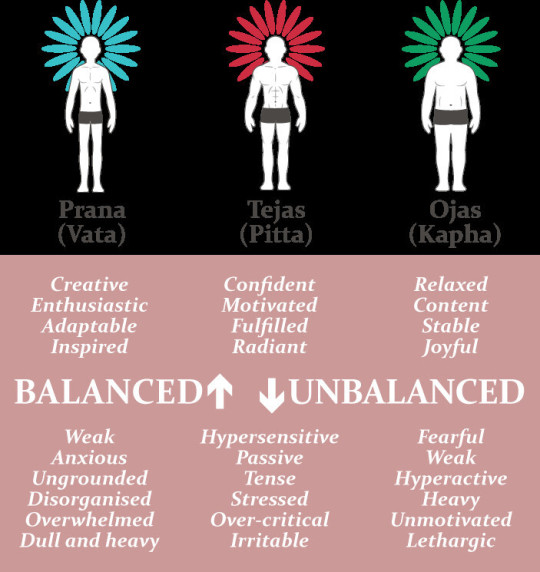
Treatment of Depleted Ojas, Tejas and Prana
Depleted ojas can be treated with almond milk-
Soak 10 almonds in a cup of water overnight.
In the morning peel off the skins and put the almonds in a blender.
Add one cup of hot milk. If the person is allergic to milk, use soy or rice milk.
Add one teaspoon of date sugar, a pinch of cardamom, a pinch of ginger powder and one teaspoon of ghee and blend together. Regular brown sugar or turbinado may be used instead of date sugar.
Saffron along with a few drops of rose essence may also be added.
This is a wonderful, rich drink to take in the morning to build up ojas. This drink is also good for building shukra after having sex. If cholesterol is a concern, use skim milk. Ghee increases the good cholesterol, called HDL, but if one’s total cholesterol is high, avoid taking ghee. By using certain Ayurvedic herbal formulas, one can improve ojas-
Pippali (Piper longum) with honey and ghee is a specific rasayana for prana.
Taking one-fourth teaspoon of triphala with one teaspoon of honey and ghee will help to create balance of ojas, tejas and prana. Early morning is the best time to try this formula. Further, one should not fear that this will lead to increased cholesterol levels, because honey aids the regulation of cholesterol. Additionaly, shambhavi mudra helps to balance ojas, tejas and prana.
(70) Yoga For Inner Exploration: Shambhavi Mudra - 5 mins #MeditateWithSadhguru - YouTube
For depleted tejas-
- Use one pinch of trikatu (ginger, black pepper, Piper longum) and one teaspoon of honey.
- Take this combination about 15 minutes before lunch and dinner.
These herbs taken before food kindle agni and act as an appetizer along with heling in improved digestion as well. Chewing a small piece of ginger with a pinch of salt and a few drops of fresh lime juice before eating will also kindle jathar agni thereby building tejas. Castor oil is beneficial for vata and, therefore, good for prana. But to build up tejas, castor oil would not be a good idea. Bitter ghee, tikta ghrita, is good for tejas. Tikta ghrita enhances tejas but doesn’t increase pitta. Take one teaspoon on an empty stomach twice a day, morning and evening, followed by half a cup of warm water. In order to improve prana, do pranayama-
Sit comfortably on the floor in a cross-legged posture.
If you are not comfortable in this position, then sit upright on the front edge of a chair with your feet flat on the floor.
Close the right nostril with the right thumb and inhale gradually through the left nostril into the belly, not into the chest.
During inhalation, count 1-2-3-4. After a full inhalation, close both the nostrils and do a gentle chin lock as you hold the breath in the belly and count 1-2-3-4, up to 16.
Use a counting pattern of 4 to inhale and 16 to retain. Then open the right nostril while holding the left nostril closed with the ring and little fingers and exhale through the right nostril while counting till 8.
This exhalation should be slow and steady as you count 1-2-3-4- 5-6-7-8. The speed of counting should be constant, viz a count of 4 for inhalation, 16 for retention, and 8 for exhalation.
If this approach is too complicated or difficult at first, then inhale only for 2, retain up to 8, and exhale for 4 counts.
After exhalation from the right nostril, hold the breath outside for a while then inhale through the right nostril, hold the breath into the belly by closing both nostrils, hold, and then exhale through the left nostril.
Repeat, alternating the nostrils through which you inhale. If the mind is, too busy with the counting, just inhale slowly into the belly through the left nostril by closing the right nostril.
Try to focus your attention behind your belly button. When oxygen is depleted in the lungs, one gets a swallowing reflex, which is a sign to exhale.
Then slowly exhale through the opposite nostril. During exhalation there should be a continuous slow flow.
Let the air dissolve into the outer space. Stay outside for a moment, then again inhale.
Inhale through the right nostril, retain, and exhale through the left.
Inhale through the left, retain, then exhale through the right.
During breath retention do a chin lock and during exhalation release that lock. You use a chin lock to avoid direct pressure in the brain through the carotid artery.
Do five pranayama, rest for one minute, then again do five pranayamas. In this way the vital capacity of the lungs can be increased.
Another pranayama is bhastrika, breath of fire. Inhalation is passive, but exhalation is active with a little force-
- Start slowly, then increase the speed.
- Imagine a steam engine moving slowly and then have the train start moving faster. This action is thoraco-abdominal hyperventilation.
- Do one round of 30 strokes or exhalations, then rest for one minute. This pranayama will also increase the vital capacity of the lungs.
- Practice five rounds of bhastrika in the morning and five rounds in the evening. It will help to relieve allergy, asthma and will help make the lungs strong and healthy. Don’t do bhastrika during menstruation or pregnancy. If your pitta is high, substitute shitali, a cooling pranayama that involves breathing through a curled tongue. Another pranayama is called bhramari (humming). On inhalation, constrict the epiglottis and create a humming sound. On exhalation the sound is long and low.
The inhalation is a female bee and the exhalation is a male bee. If it is difficult to create a humming noise during inhalation, just inhale naturally, take a deep breath into the belly, do a chin lock and then do bhramari on the exhale. Bhramari improves the melody of the voice. In addition, the humming vibrates the nervous system and is a form of sound therapy for the brain. Bhramari is also good for the thyroid, thymus and parathyroid glands. When doing bhramari, touch the tip of the tongue to the edge of the soft palate near the back of the roof of the mouth and be sure the teeth are not clenched. Bhairavi mudra is also called shambhavi mudra. Shambu is another name of Lord Shiva. In this state prana is enhanced. One can strengthen prana with pranayama through bhramari and bhastrika but intense prana unfolds in the lungs and body through bhairavi or shambhavl.
One who practices shambhavi will be in a state of living samadhi. When practicing the bhairavi mudra, one looks at any object, say a wall. When looking at an object, let the eyes look and do not blink the eyelids. The eyes are looking and the eyes are not looking, which means there is no judgment,' no recognition, no identification. In Hindu art, philosophy and music everything is a way to God-realization. Hindu philosophy includes the Vedas, Ayurveda, music, art and even dance. Everything is a movement of life. Therefore, the Hindu concept of God is satyam shivam sundaram. Satyam is the truth, shiva the holy and divine and sundar is beauty. Bhairavi manifests as satyam shivam sundaram. As one looks outside, suddenly the attention goes inside. At that moment expansion of consciousness takes place. One is looking outside but the entire attention is inside, into the center of existence. In that state one finds union with expansive consciousness. One looks around, but there is no choice in the looking, no judgment, just choiceless observation. In this sense the choosers are the losers.
The confused mind chooses. The mind that is insecure, agitated and unsatisfied chooses. Please don’t misunderstand me. I am talking about a different level of consciousness. In this art of meditation choice has no place. Choice only has a place in that one has chosen this way of meditation, that’s all. Look at anything, but in that looking there is emptiness. Thinking stops, breathing becomes quiet and one simply exists as pure awareness. In that state there is great joy, beauty and love. Sit absolutely relaxed, with no tension, and just look at the wall. Slightly open the mouth with no expression on the face. The hands are like an empty bowl facing the sky. Simply look and allow the breathing to become quiet. Enlightenment can come in a fraction of a second.
Wherever the eyes and mind go, there is samadhi. Samadhi means equilibrium. In that state, individual consciousness merges with cosmic consciousness and one goes beyond time and thought. In that state, whether the eyes are open or closed doesn’t matter. It comes like a breeze without invitation, because this state is your true nature—love, become spontaneous and natural and will balance ojas, tejas and prana. We all need healing. We, as individuals, must bring awareness to our feelings and emotions. Otherwise, we never take responsibility for our healing. We always hold another person responsible for our suffering—Either mother, father or some planets in the sky. We need to accept the responsibility that “I am the pain and the pain is I. My pain is my creation; it is my reflection; it is I.”
We must understand our relationship with our suffering and, in that understanding, we maintain our ojas. In that ojas there is the beautiful light of tejas, which is the perception. And in the flame of attention, grief and sadness burn and we become totally free. We have to protect our ojas, tejas and prana through awareness, because awareness is the flame of attention and the flame of attention is the luminosity of tejas. Prana directs attention to something, creating perception. Attention plus prana is perception. There are many things waiting for our perception, but we cannot perceive everything at one time. Perception is a product of time and our perception is a learned phenomenon, which is directed by knowledge and experience. In the perception of observer, object and observation, this trinity becomes one when ojas, tejas and prana are balanced. This balanced state is perfect health.
When we are honest with our feelings and emotions, ojas is building, tejas is glowing, and prana is flowing. That is a state of good health, existing at every moment, in every event of life. Ayurveda says every breath, every moment, every event should be lived with total awareness. When listening to someone, at the same time listen to the listener. When looking at an object, at the same moment look at the looker. When you look at me, my body is an object and you are the observer. When I am looking at you, your body is the object and I am the observer. When you look outside, something goes out, one arrow goes out. At the same time, a second arrow goes into the heart to look at the looker. This is called double-arrowed attention.
Read the full article
7 notes
·
View notes
Text
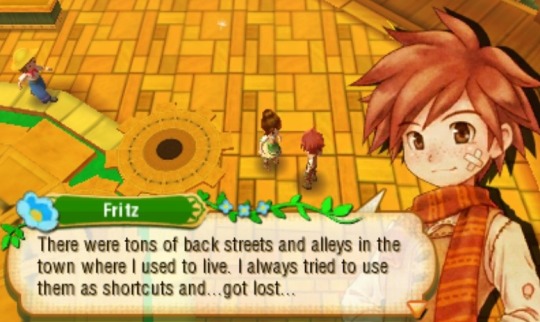
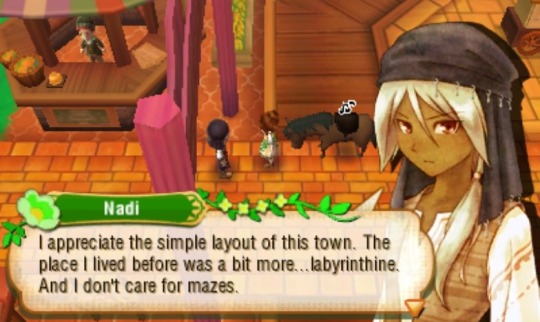
Fritz and Nadi are escaped lab rats.
7 notes
·
View notes
Text
Nadi and Nefertari


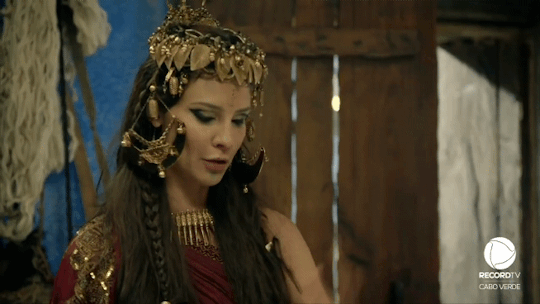




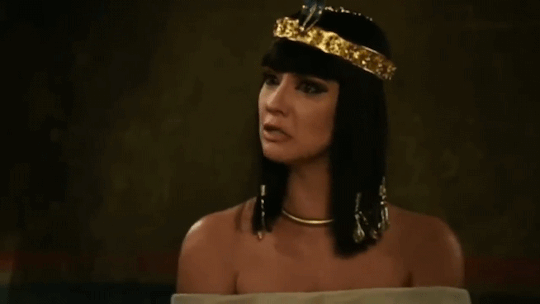
#history#Nadi#Nefertari#Genesis#queen nefertari#reina nefertari#Reina nadi#Priestess#moises y los diez mandamientos#Moises e os dez mandamentos#nefertari#ancient egypt#women in the egypt#woman in the egypt#egypt queen#camila rodrigues#serie brasileira#brazilian serie#brazilian actress#Brasil
17 notes
·
View notes
Text

Nadi in his original outfit 🌷🪻🌹🌸💐🌿🌱🦋
#ripple's art#nadi#story of seasons 2014#harvest moon#bokumono#sos1#story of seasons#traditional art
15 notes
·
View notes








